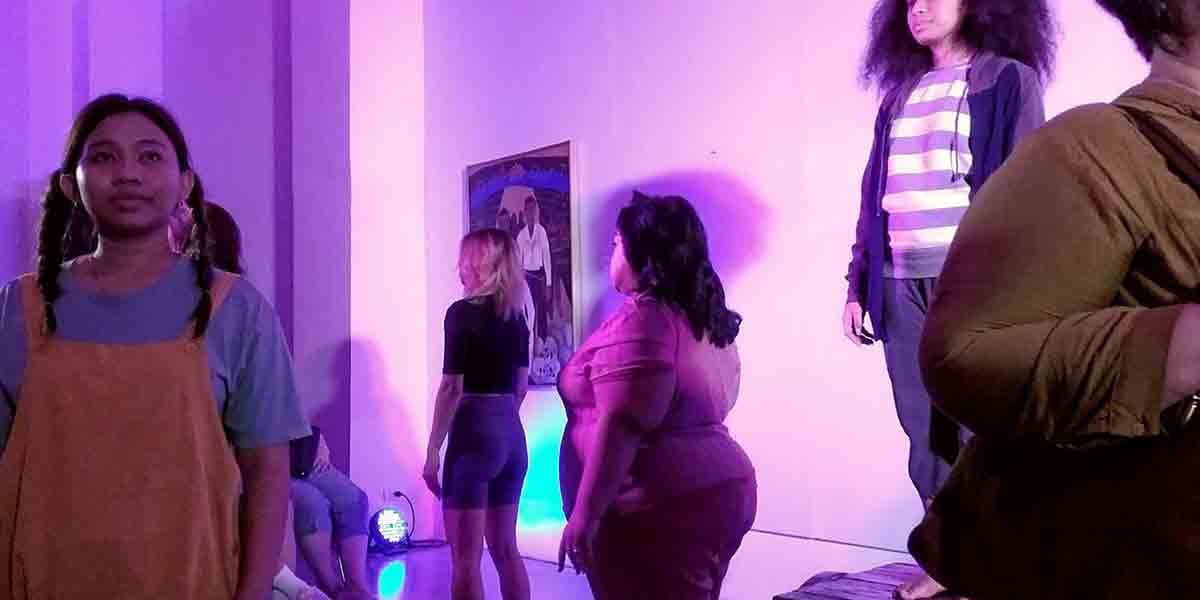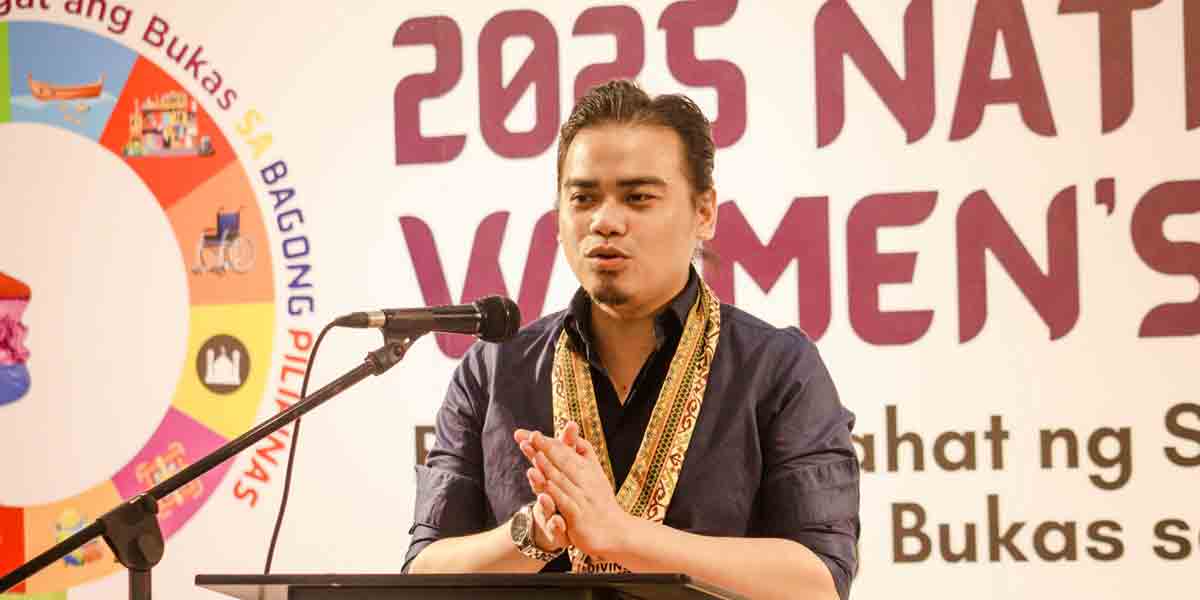The recent theft of Fernando Amorsolo’s “Mango Harvesters” from the Hofileña Museum in Silay City is a stark reminder of the fragility of our cultural heritage but also a lesson for community action and unity.
This incident, while deeply distressing, has also showcased a remarkable response from the Bacolod arts and heritage community, highlighting the importance of unity and vigilance in preserving our cultural treasures.
The swift and collective action taken by the Art Association of Bacolod-Negros and other stakeholders in the region underscores a vital lesson: the protection of cultural heritage is a communal responsibility.
The call for unity resonates profoundly, emphasizing that the loss of such significant artworks is not just a local tragedy but a national one. The stolen painting is not merely a piece of art; it is a fragment of our shared history, a testament to the genius of Fernando Amorsolo, and an irreplaceable source of inspiration for future generations.
In many parts of the world, cultural heritage sites and artworks are often neglected, vandalized, or stolen, with communities either failing to unite or lacking the necessary support to protect these treasures.
The failure to protect and respect our cultural treasures not only robs us of our past but also diminishes our future. Cultural heritage is not just about preserving old objects; it is about maintaining a connection to our history, fostering national pride, and educating future generations.
The contrast with Bacolod’s response is stark and commendable. The immediate mobilization of the local government, offering rewards for information and pledging thorough investigations, further illustrates a model of how communities should respond to such threats.
The incident also serves as a wake-up call for enhanced security and better collaboration between government and cultural institutions. Sevilleno’s call for government partnership is timely and necessary.
The protection of cultural artifacts should not be left solely to private entities or passionate individuals but should be a structured effort supported by professional systems and adequate resources.
Local museums and cultural sites must be equipped with state-of-the-art security measures to safeguard these treasures against theft and other forms of damage.
Moreover, the emotional and personal impact of this theft on the local community, as highlighted by Vice Mayor Thomas Ledesma, cannot be overstated. Silay City, renowned for its dedication to cultural conservation, has suffered a profound insult through this act of theft.
The crime strikes at the heart of the community’s identity and its long-standing commitment to preserving and celebrating Filipino art and culture. The legacy of Ramon Hofileña, who painstakingly collected and shared these artworks, is a beacon of cultural pride that now stands tarnished by this violation.
The broader lesson from Bacolod’s unified response is clear: protecting cultural heritage requires collective action and a deep-seated respect for the past. It is an endeavor that transcends individual interests and speaks to our shared identity and history. As we commend the efforts of Bacolod’s art community, we must also advocate for similar unity and proactive measures in other regions and communities.
This incident should inspire other communities to take proactive measures to preserve and respect their cultural treasures, ensuring they remain a source of inspiration and education for generations to come.

























